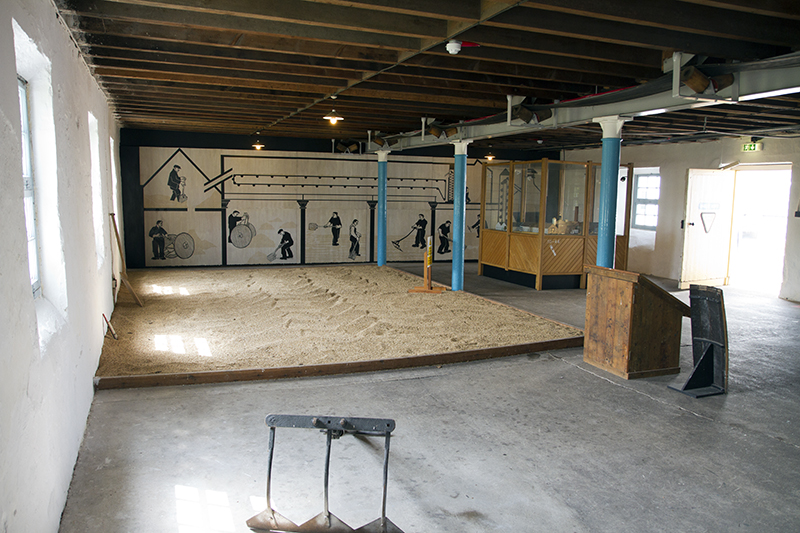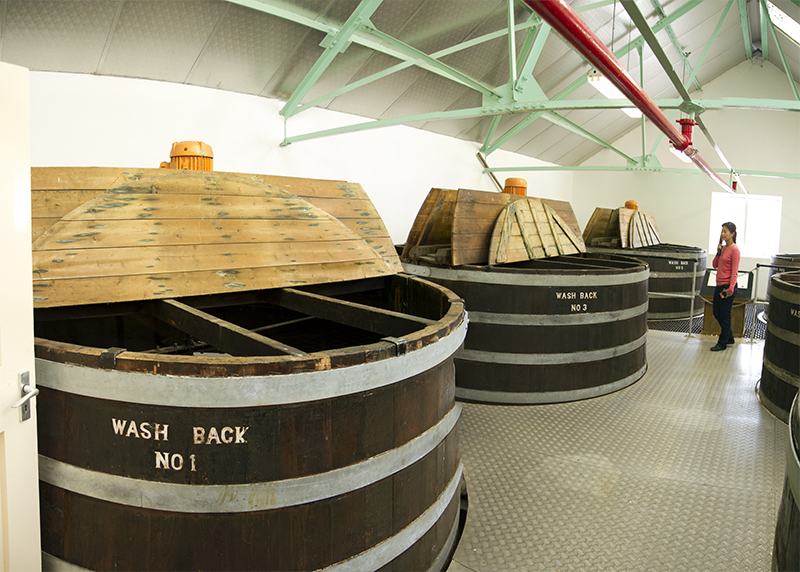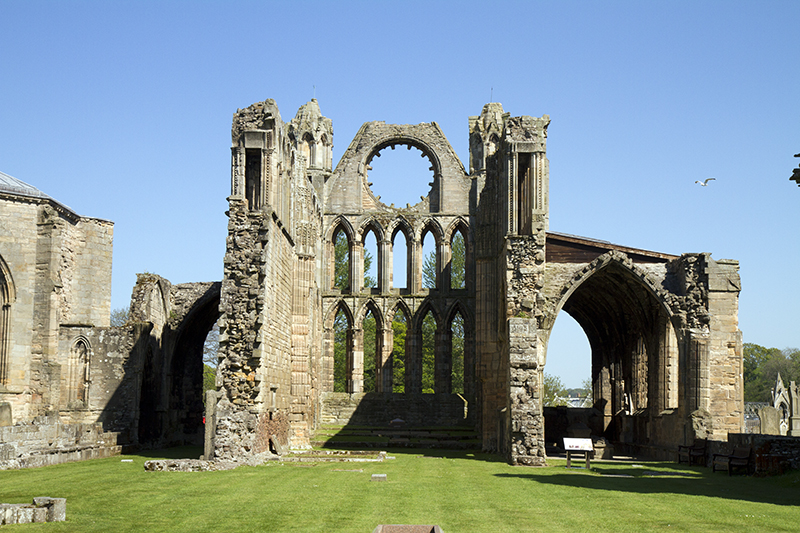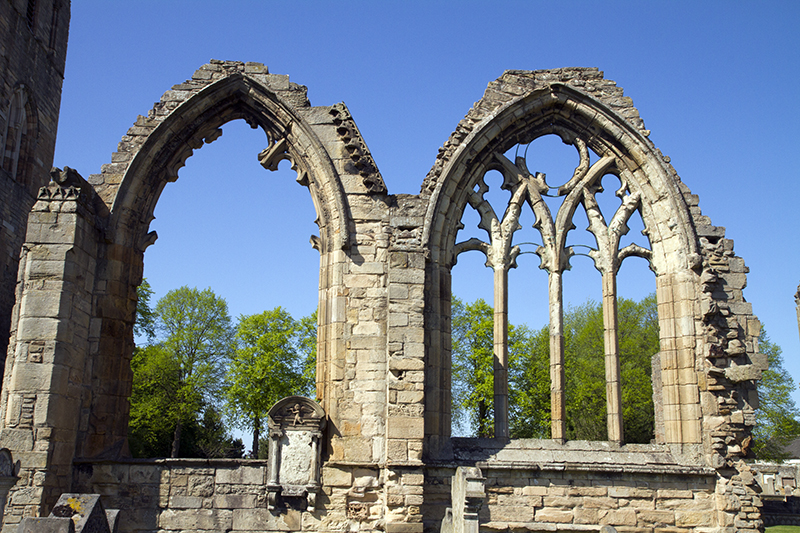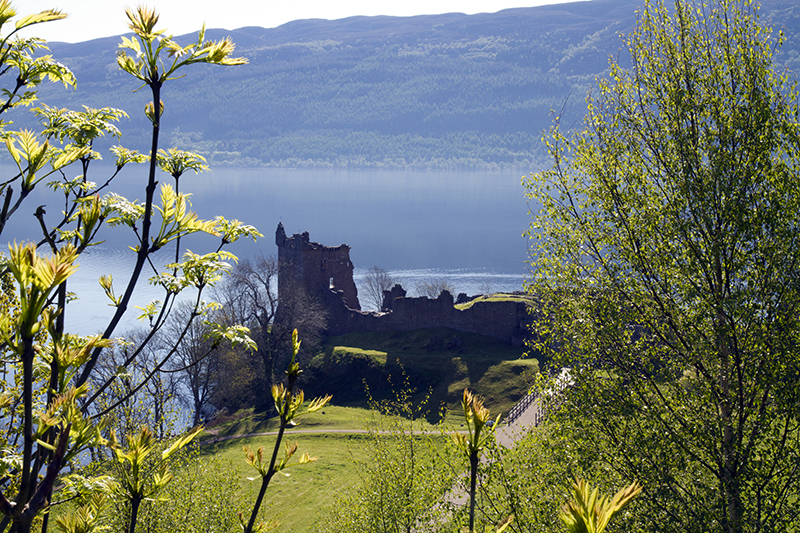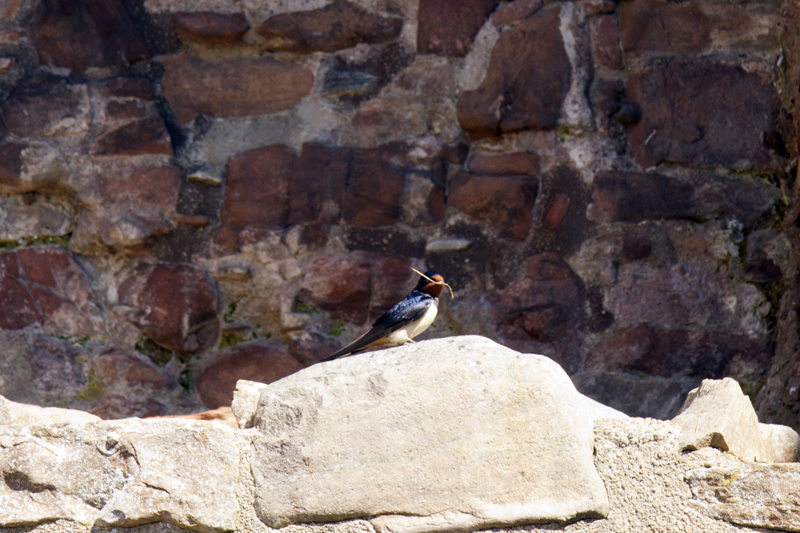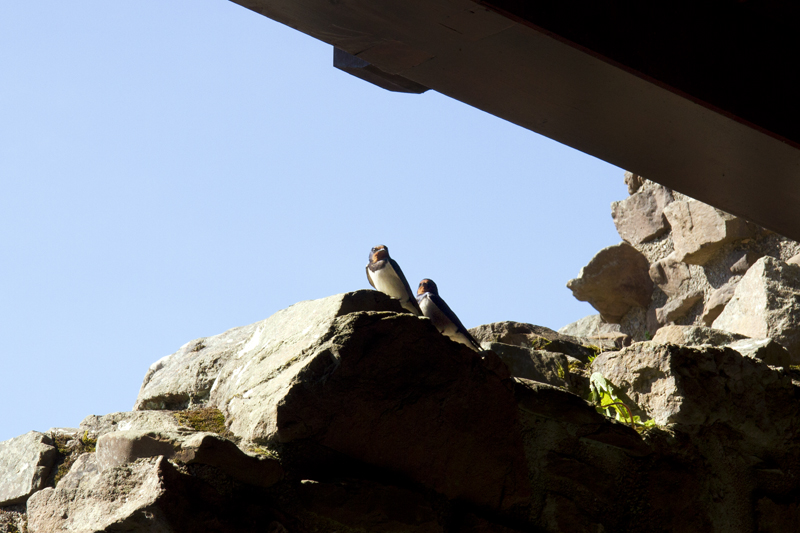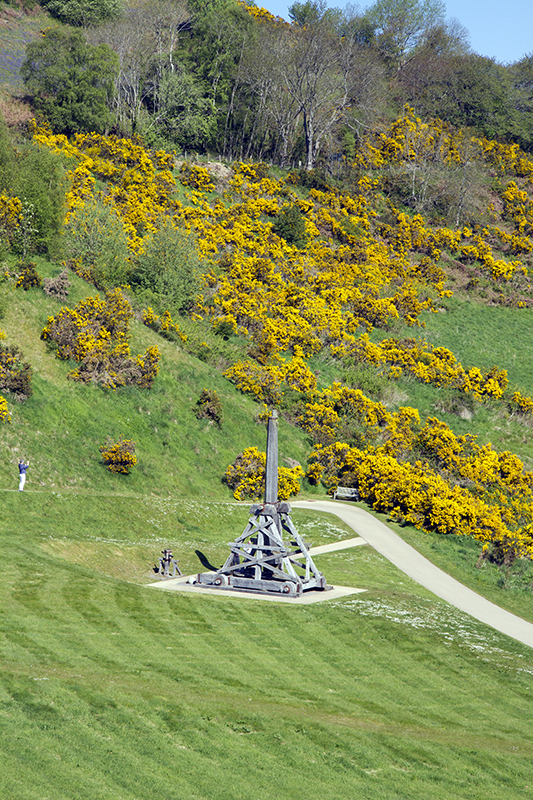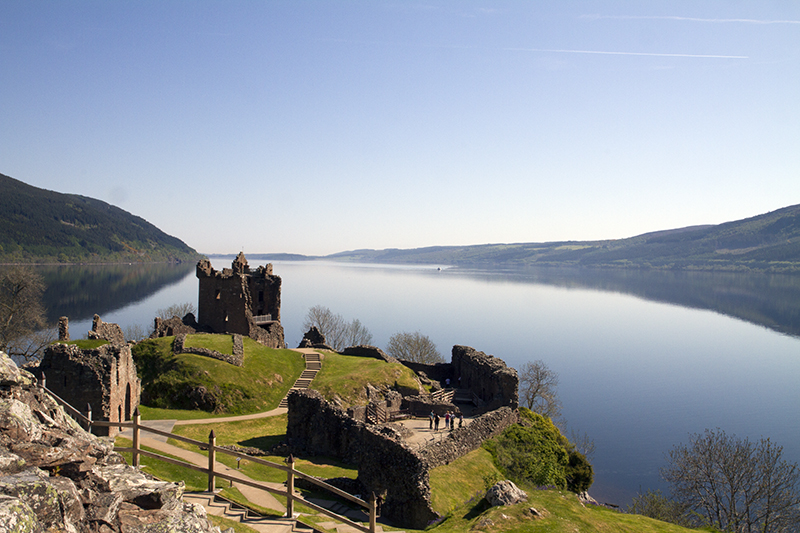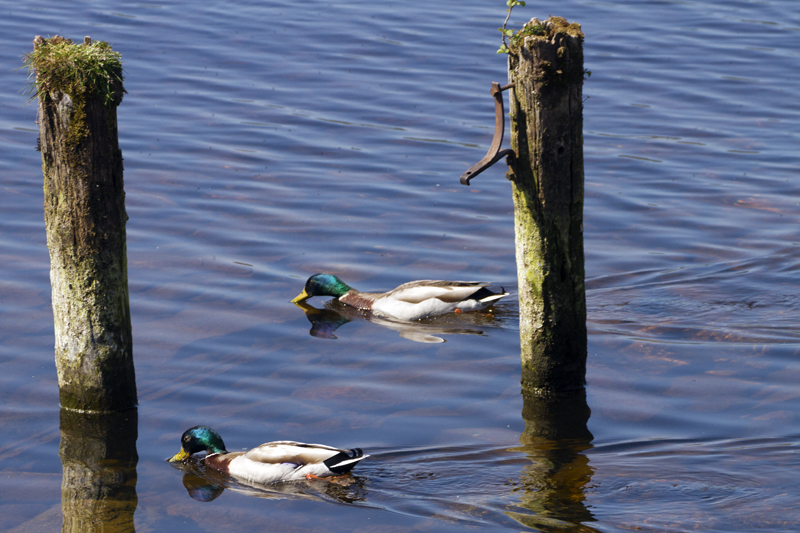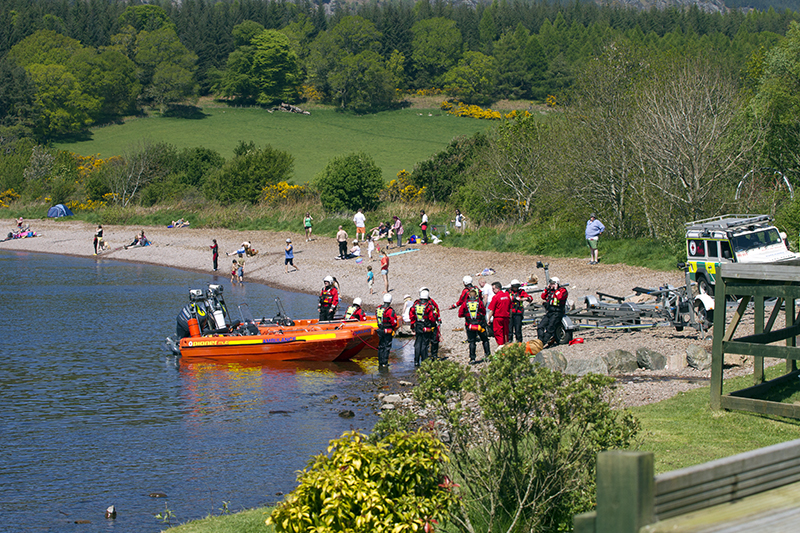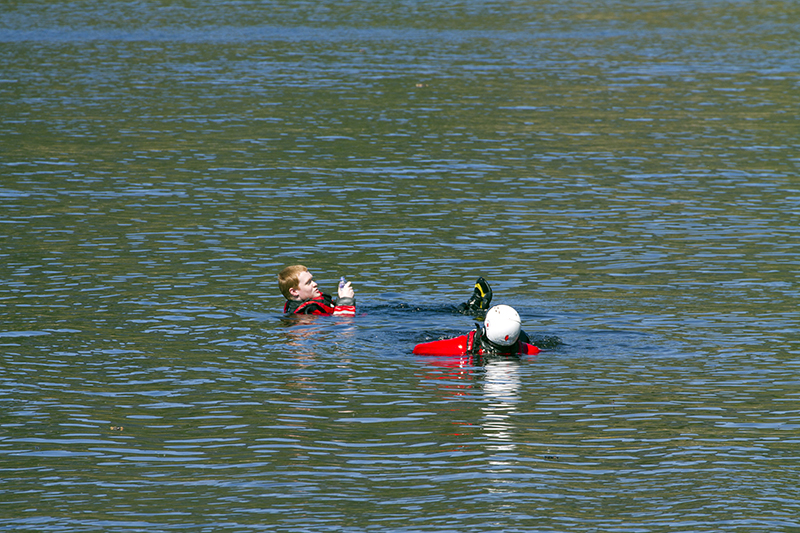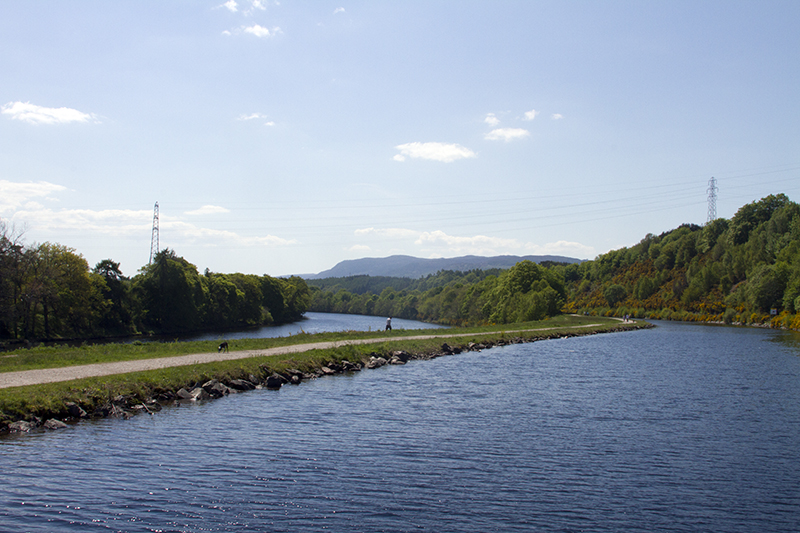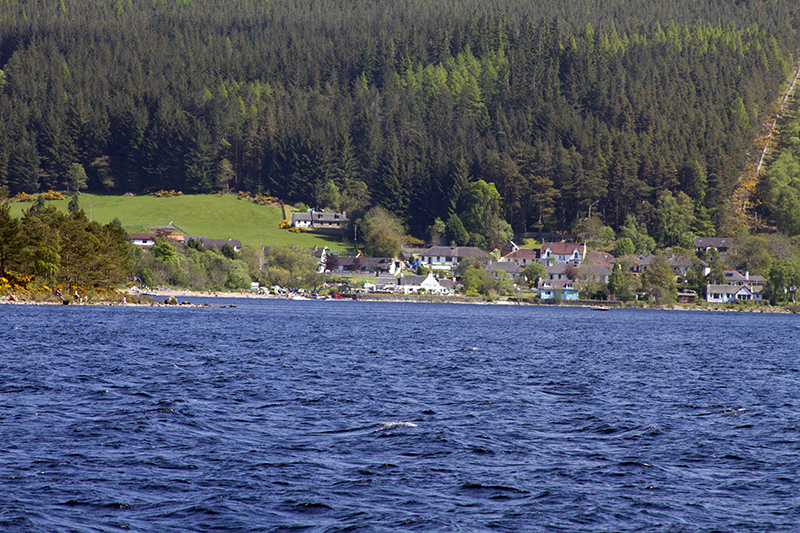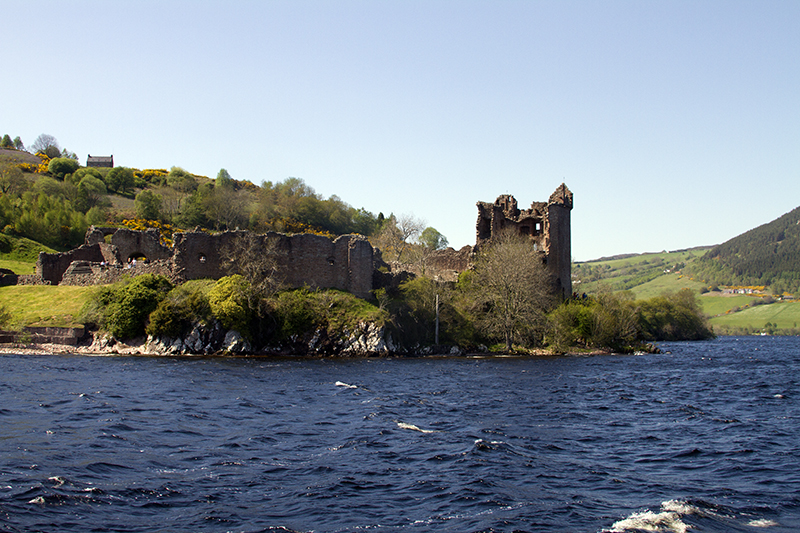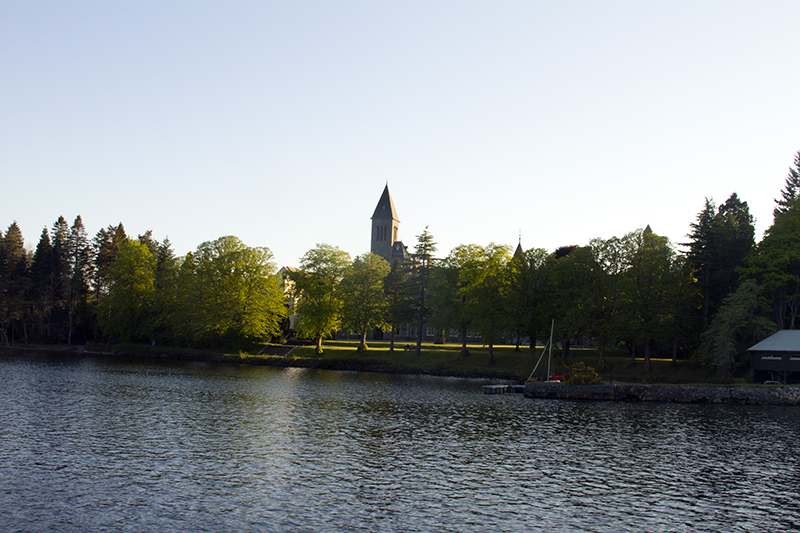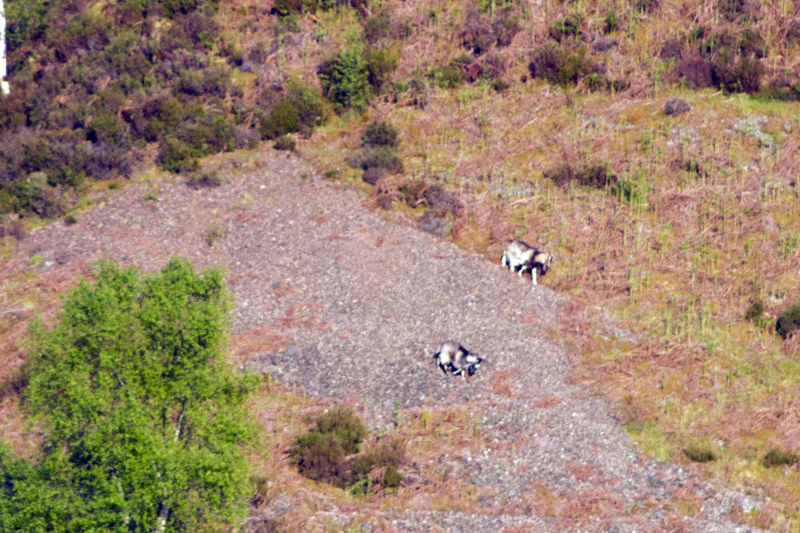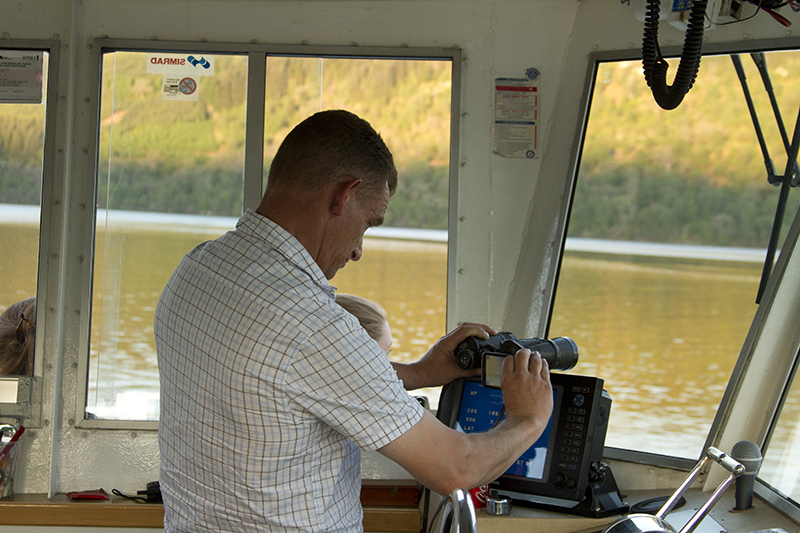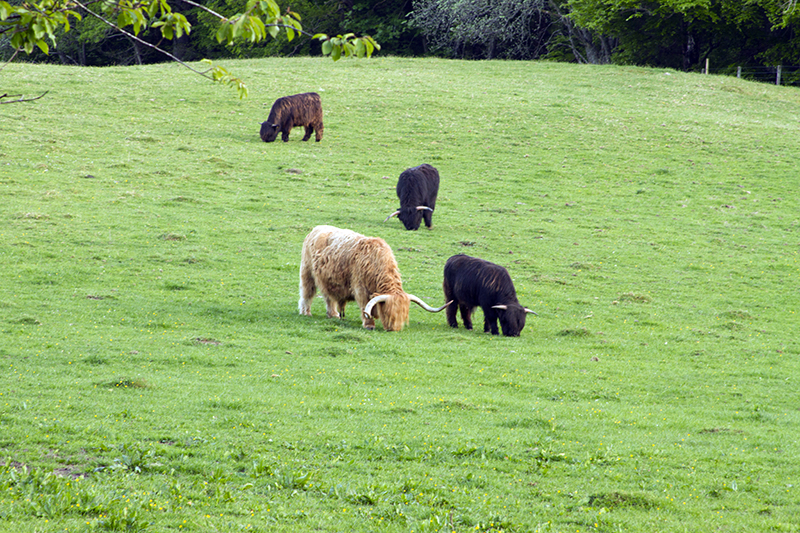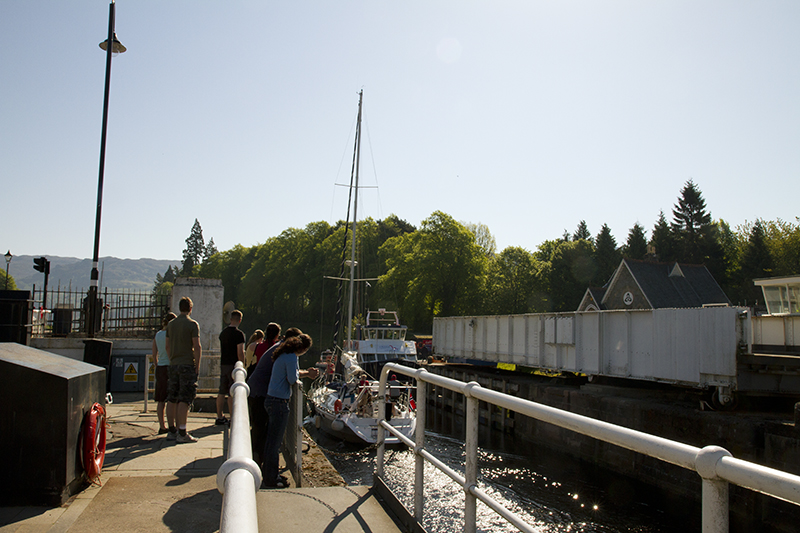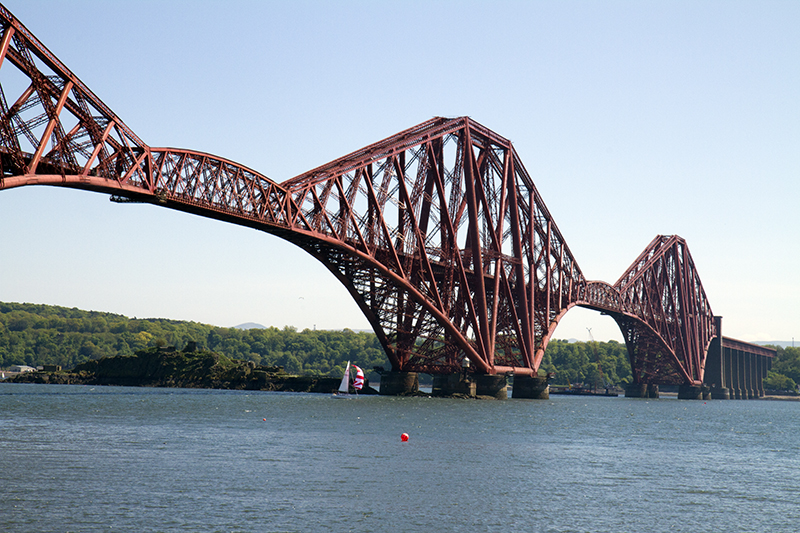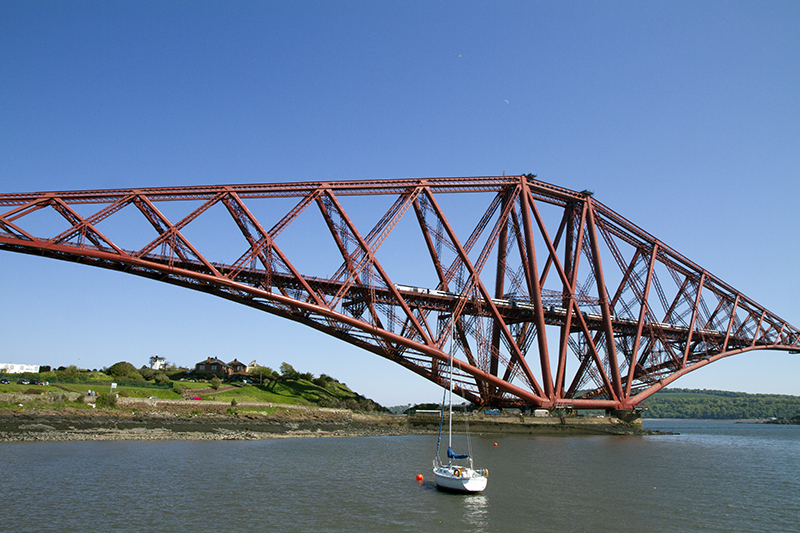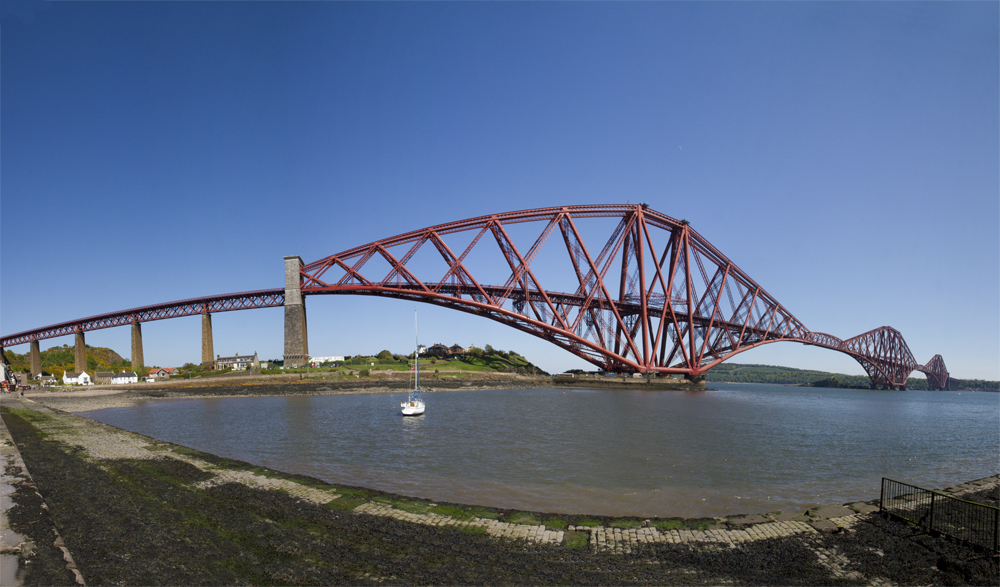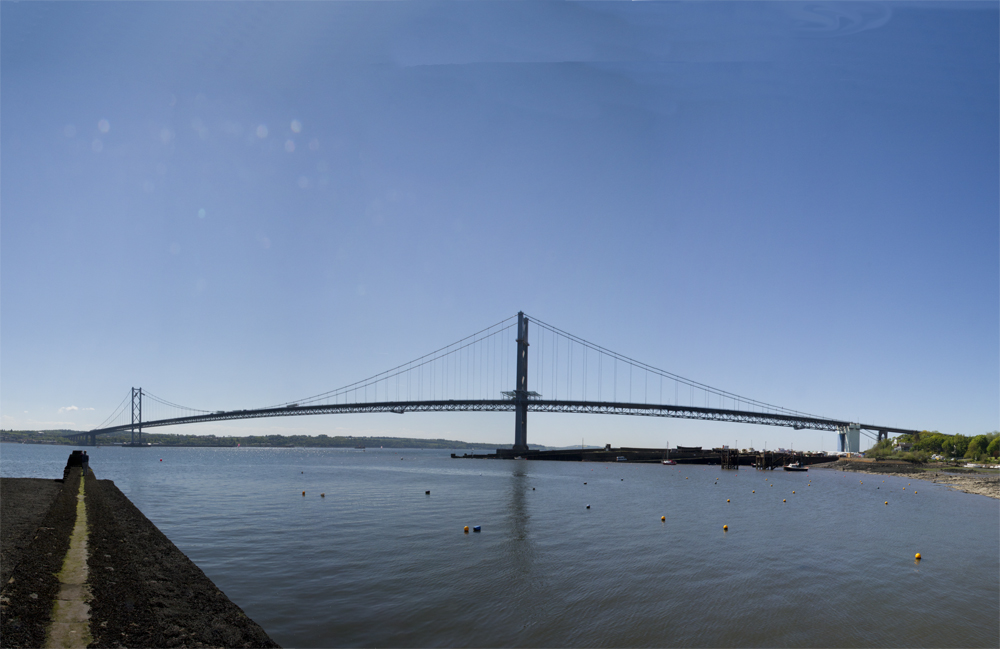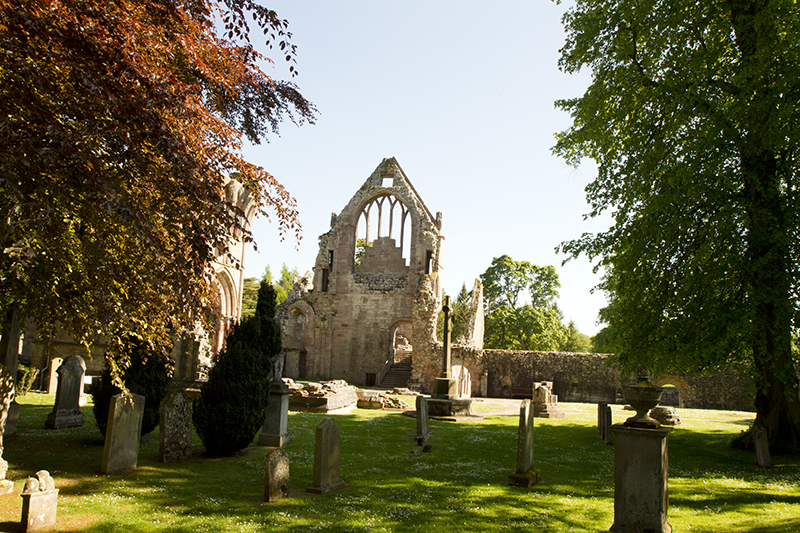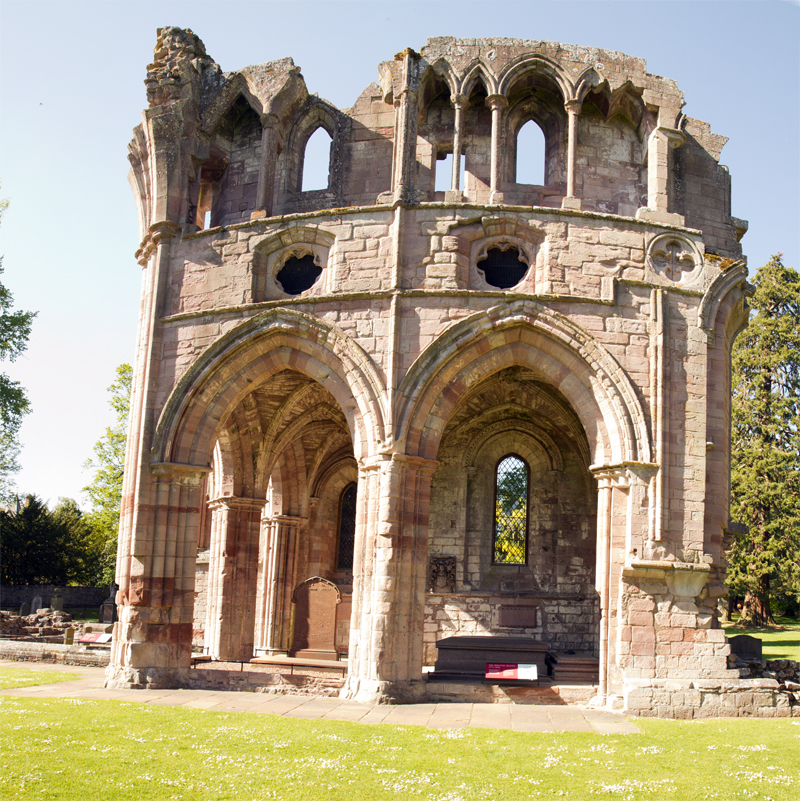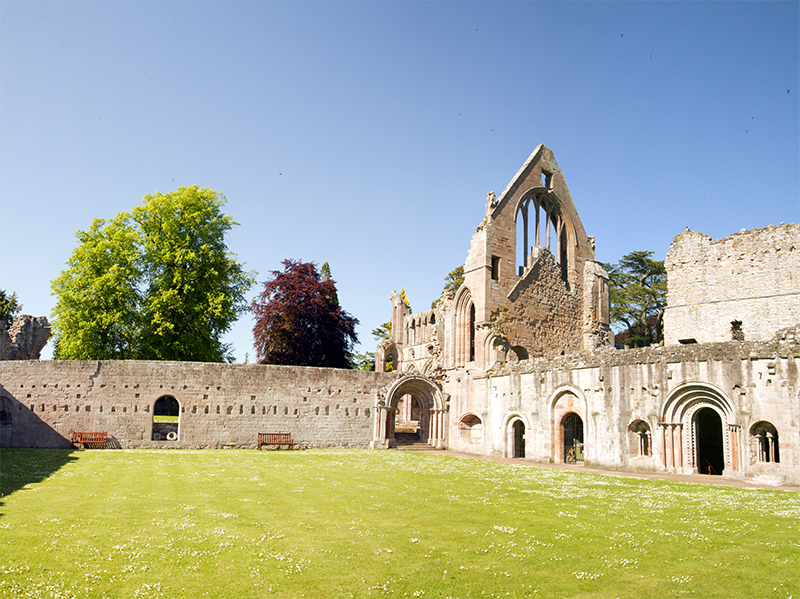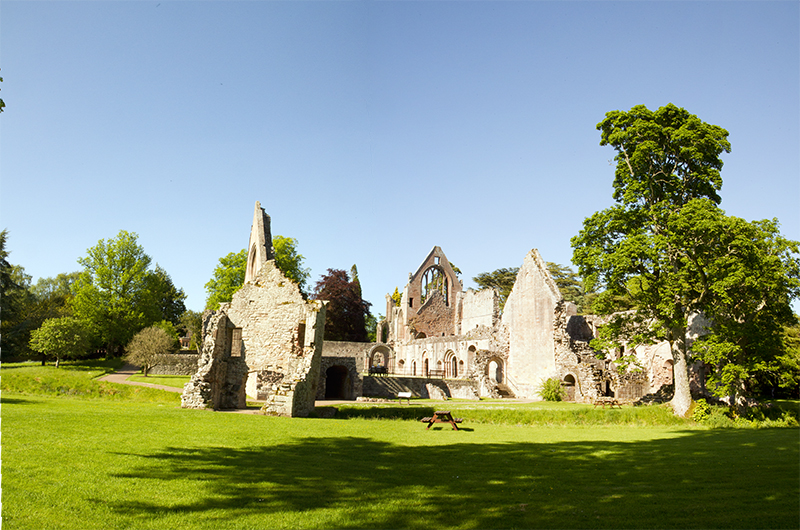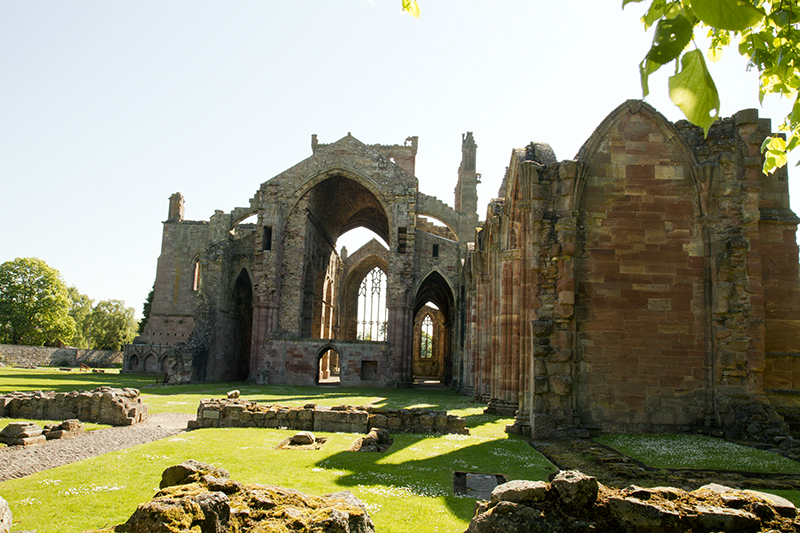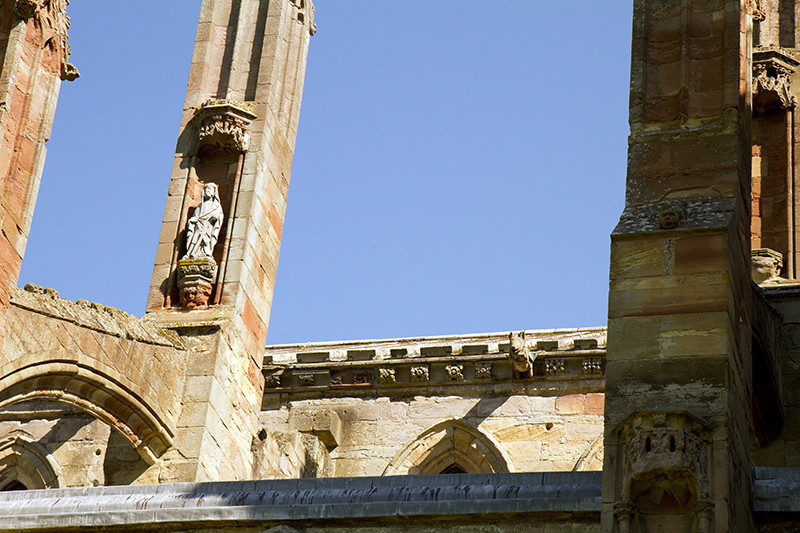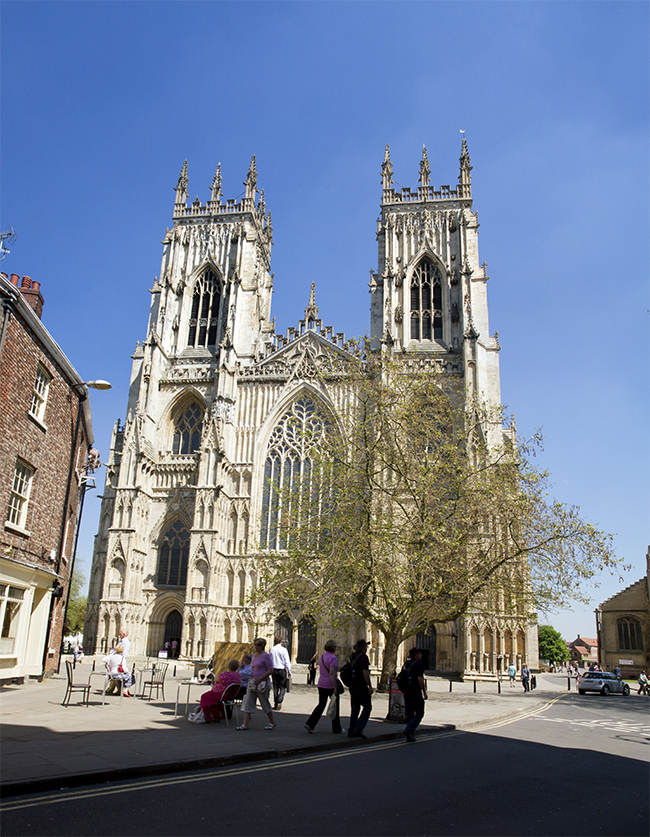This is part three of the Scotland trip – after the islands, we went to Inverness and the infamous Loch Ness, with a monster?
But first we went to Elgin and on the way stopped at an old distillery turned into a museum. Great visit, but boy was it hard to find… The Dallas Dhu Distillery was shut down about 30 years ago and has now been turned into a museum.
The nice thing about being a museum is that you can get closer to equipment, and even peer inside – this is where the hops are mixed with hot water before they are allowed to ferment.
They have restored and preserved several Fermentation tanks.
There are two stills, made of copper as always. Scotch Whiskey is double distilled to get to about 70% alcohol before it is aged. In some cases, we were told that the product of the distillation process has no flavour at all; all the flavour is gained in ageing in oak barrels. However, if this were true, why use high quality grains and water, and where does the “peaty” flavour of some whiskeys come from?
Outside the main building, there is a very impressive chimney for the steam plant.
In Elgin, the Cathedral has been abandoned and is in ruins, but still quite spectacular.
It is close to the centre of town and therefore represents a small haven of peace in the middle of traffic and noise all around.
A view through windows that are no longer there.
We stayed at Drumnadrochit, quite a mouthful, in the middle of Nessie country. There are several Nessie-inspired exhibits in town, which we did not go to see.
However, we did visit Urquhart Castle on the shore of Loch Ness. We arrived before it opened and could barely take a photo of the castle – it looks like they went through a lot of trouble to force people to pay the entrance fee.
The castle has been abandoned for a long time. The only current inhabitant: a swift building his nest.
more swifts at work
General view of the castle and the loch. This was another beautiful day.
The grounds around the castle have been the scenes of many battles. There is now a reconstructed Trebuchet amongst the flowers.
Main building and the very calm loch in the background. The castle was actually blown up by its last occupants as they fled in the mid-1600’s so that the Jacobite could not use it for themselves.
We drove around the Loch and saw the castle from the opposite shore – there are boats bringing additional visitors making us happy that we went there early.
We stopped for lunch at the Dores Inn, highly recommended with a very nice garden and terrace on the shore of the loch. The Eastern shore of the loch is much quieter and peaceful as the roads are too narrow for tour buses. Ducks were playing in the water near the terrace.
There appeared to be an emergency response exercise nearby. At least we hoped it was an exercise as they really did not seem to be in a hurry.
See what i mean – not everybody appears to be taking this very seriously.
We took a boat cruise on the Caledonian Canal. Near the end of the canal, in Inverness, we could see the Ness river just below.
An unusual sight – Eastern designed sail in front of a Scottish mansion on the Caledonian Canal.
Dores and Dores Inn from the water – the rescuers are still at it…
We went as far as Urquhart Castle which we had visited earlier so we did not stop there, others did but even more people boarded so that the boat was quite packed for the return trip.
There are five locks (with a k) at the southern end of the Loch (with an h) in order to raise the canal to the level of the next loch in the series.
We also took a sunset cruise – leaving from Fort Augustus, the town at the southern end of the loch. There is an old monastery on the shore, now a luxury hotel.
Saw the monster? Not a great photo, but I only had an instant to take it.
I am not quite sure what these are … wolves? sheep? large dogs? They were really far and even with my best zoom, I could not get a very clear look.
How to put a telephoto lens on the iPhone – this is demonstrated for us by the boat captain and he should be steering, but there is little traffic on the loch so no immediate danger.
We saw these local cattle all over Scotland. They are called Highland Cattle, very hairy beasts with long horns
The next day, while driving away from the area, we saw the locks in operation – several boats are moving down into the loch, including a really good-looking sailboat with a Swedish flag, probably heading home.
The boats, exiting the locks into the loch pass the road bridge which has turned 90 degrees to get out of the way.
We drove from Inverness to the Firth of Forth where I had promised Bee views of the most incredible bridge I had ever seen. We first tried to get a good general view from above – this is not bad, but unfortunately the star – the rail bridge – is still mostly hidden.
Here is the famous rail bridge from the northern shore. The bridge was completed in 1890, one of the first built out of steel rather than cast iron.
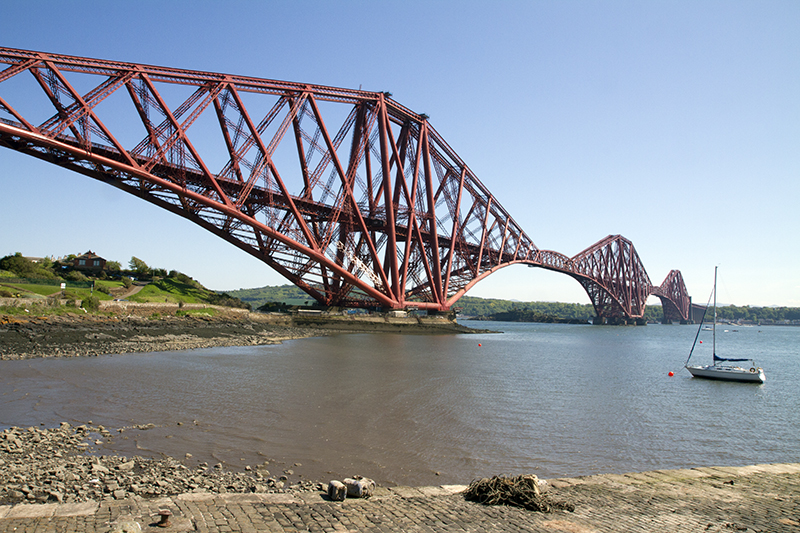
The scale can be difficult to understand on a photo like this – look at the sail boat under the bridge; it is not a toy but a 35 foot yacht…
If you look carefully, you can see the train crossing the bridge, somewhere, really really small…
Here is a complete 180 degree panorama of both bridges. Probably too long and narrow for you to have a good idea.
So here is only the rail bridge.
And the road bridge.
There are several abbeys along the border between Scotland and England that were often attacked from England because of their wealth. Most were abandoned during the Reformation and are now in ruins. We went to visit Dryburgh Abbey, just outside of Melrose, but not easy to find.
I could not resist an artistic shot of the abbey entrance.
Sir Walter Scott is buried here. He was instrumental in preserving the ruins of several abbeys and bringing attention to the heritage that could be lost if nothing is done to preserve what is left.
Here is a general view of the old cloister with the main cathedral in the background
Even in ruins, this is a peaceful place on another gorgeous day
On our last day in Scotland, we started with the Melrose Abbey. More of the same, I fear, but I could not resist showing you more views of dilapidated buildings.
The one still has interesting roof structure with gargoyles on the flying arches
There is even a flying pig playing the bagpipes – you can see it on the right of this picture
We finished off with the very much still being used Cathedral in York – yes, not Scotland – while waiting for the right time to make the final leg to Hull and board our ferry back to Belgium.
Practical information
Near Lochness, we stayed at the Loch Ness Inn near Drumnadrochit (www.staylochness.co.uk) which is very conveniently located and a nice family hotel. The restaurant is not bad either.
The last night in Scotland, we splurged at the Cringleties House in Peebles (www.cringletie.com) located in the border region just a half hour South of Edinburgh. This is a very nice hotel with a gourmet restaurant.
As indicated, we ate a Dores Inn, a fantastic place on the Eastern shore of the loch (www.thedoresinn.co.uk). It is the perfect place for lunch on a sunny day.
We visited the Dallas Dhu Distillery: (www.historic-scotland.gov.uk/index/places/propertyresults/propertyabout.htm?PropID=PL_085&PropName=Dallas%20Dhu%20Historic%20Distillery) Well worth the detour as it offers opportunities for a closer look than working distilleries.
(2258 Page Views)

